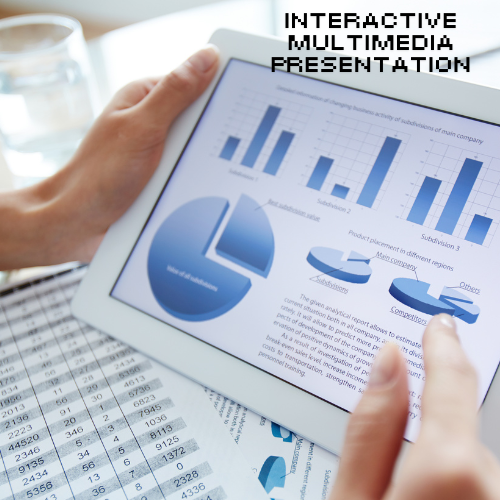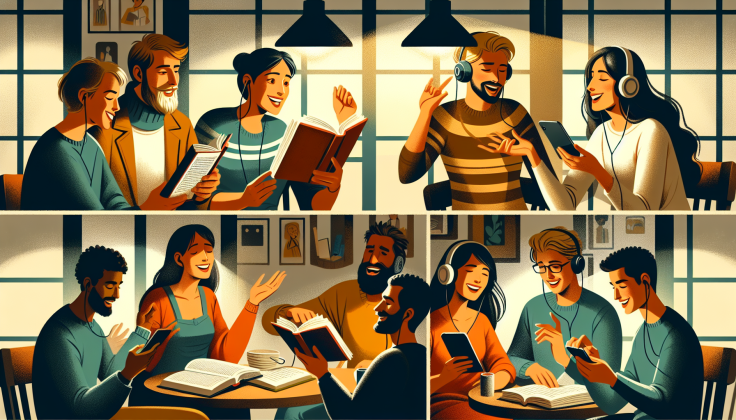
Dear Fellow UDL-ers,
Before you scroll through the edtech tools and resources that support UDL guidelines, can you guess what I rated the #1 edtech tool? I can not promote all of these edtech tools enough but I caution educators to consider their use in an engaging plan to promote access to digital technologies for all!
Universal Design for Learning (UDL) is a framework that aims to make learning accessible to all students by providing multiple means of representation, engagement, and expression. It focuses on designing instruction that meets the diverse needs of learners. CAST UDL Guidelines The U.S. Department of Education recognizes the value of edtech tools and their alignment with the principles of Universal Design for Learning (UDL) to promote the dismantling of learning barriers that contribute to the digital divide. US Department of Education Report
Check out this list of edtech tools and how they align with UDL guidelines…
UDL Progression Rubric, a downloadable 8 page PDF tool by Katie Novak and Kristan Rodriguez UDL Progression Rubric (Download PDF)
#7 – Interactive Whiteboard/Display (UDL Checkpoint 7.2):

These allow for multiple means of representation, as teachers can display content in visual, auditory, and kinesthetic formats. For example, teachers can annotate on diagrams, play audio clips, and integrate movement-based activities.
#6 – Interactive Multimedia Presentation Tools (UDL Checkpoint 2.5):

Tools like PowerPoint, Google Slides, or Prezi enable teachers to present information through a variety of media, such as images, videos, and animations, to cater to diverse learning preferences.
#5- Text-to-Speech/Speech-to-Text (UDL Checkpoint 1.1):

Software that converts written text to spoken words or vice versa can support students with reading difficulties or language barriers.
#4- Digital Collaboration Tools (UDL Checkpoint 8.3):

Tools like Google Docs, Microsoft 365, or online whiteboards allow for real-time collaboration, enabling students to work together, provide feedback, and build on each other’s ideas.
#3- Adaptive/Personalized Learning Platforms (UDL Checkpoint 7.3):

These platforms use algorithms to deliver customized content, activities, and assessments based on each student’s progress and needs, supporting differentiation.
#2- Augmented/Virtual Reality (UDL Checkpoint 2.1):

Immersive technologies can bring abstract concepts to life, providing multiple means of representation and engagement for diverse learners.
#1- Audiobook Platforms (UDL Checkpoints, see below):

Audiobooks are an effective edtech tool that aligns well with the principles of Universal Design for Learning (UDL).
- Multiple Means of Representation (UDL Checkpoint 1.2):
Audiobooks provide students with an alternative format to access information and literary content beyond traditional print materials. This supports learners with diverse needs, such as those with reading difficulties, visual impairments, or language barriers, by allowing them to engage with the content through auditory processing. - Differentiated Instruction (UDL Checkpoint 7.2):
Audiobooks can be used to differentiate instruction and support personalized learning. By providing students with the option to read, listen, or engage with a combination of modalities, you can cater to their individual learning preferences and needs. - Scaffolding Comprehension (UDL Checkpoint 3.1):
Audiobooks can be paired with visual aids, such as digital subtitles or highlighted text, to reinforce the connection between auditory and visual processing. This scaffolding can significantly improve comprehension, especially for students who struggle with reading fluency or language proficiency. - Fluency Development (UDL Checkpoint 4.1):
Listening to fluent narration in audiobooks can serve as a model for students to practice and develop their own reading fluency. Students can follow along with the text while listening, then practice reading aloud to build their fluency skills. - Fostering Independence and Engagement (UDL Checkpoint 7.3):
Providing access to a diverse library of audiobook titles can encourage students to engage in independent reading, cultivate a love of literature, and take ownership of their learning. This promotes self-directed learning and supports the development of lifelong reading habits.
When selecting audiobook content, it’s crucial to consider your students’ cultural backgrounds, interests, and language abilities to ensure the material is relevant, engaging, and supports their unique learning needs. This can involve choosing diverse representations, aligning with student interests, and offering multilingual options.

Leave a comment